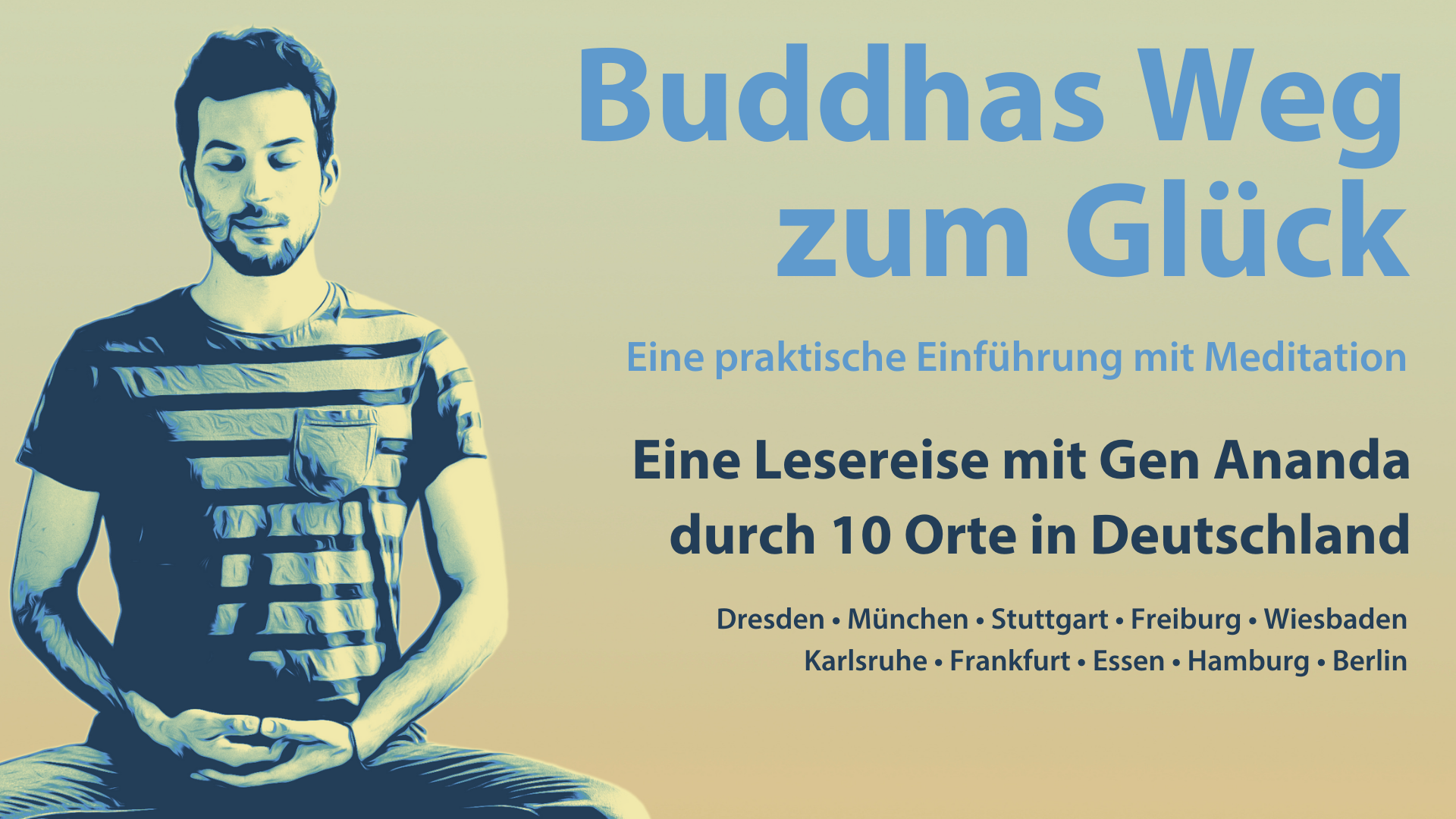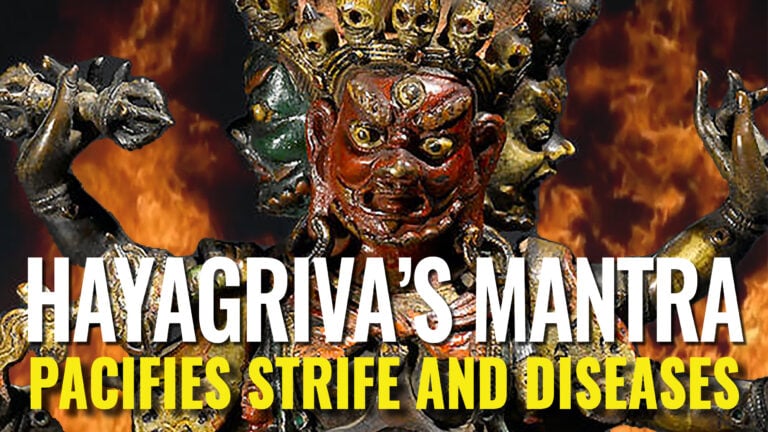Mindfulness as a Path to Healing and Belonging for Immigrants
Lorena Saavedra Smith reflects on how mindfulness helped her navigate challenges through the process of immigrating from Perú to the United States, advocating for the importance of culturally sensitive and inclusive mindfulness practice spaces. The post Mindfulness as a...

Lorena Saavedra Smith reflects on how mindfulness helped her navigate challenges through the process of immigrating from Perú to the United States, advocating for the importance of culturally sensitive and inclusive mindfulness practice spaces.

Photo by Belinda Fewings.
I grew up amidst a civil war in Lima, Perú. My bustling, multiethnic city was congested and often violent. I learned to run and hide at the sound of bombs and be cautious of predators at night, training my young self to be vigilant and prepared for danger at all times. In my early twenties, I took the first chance I had and moved to the United States for a cultural exchange program. Arriving with only a few hundred dollars of my family savings, I took college classes at night and worked as a nanny for an American family during the day. My goal was to further my education in the U.S., move back to Perú, and find a good job that could expand my family’s horizons. The journey would not be easy, but along the way, the practice of mindfulness would become an integral part of my journey, guiding me through unexpected challenges and offering solace in moments of despair.
By bringing an eye of cultural sensitivity to our mindfulness practice and teaching, we can help bridge the gap for people with diverse cultural and spiritual backgrounds.
While I had fallen in love with everything the U.S. had to offer, my experience in America took an unexpected turn. One day, I found myself in an emergency room after suffering an injury. I was completely alone. I realized how far away from my loved ones — my support system — I really was. In that cold and lonely place, the “American dream” felt completely out of reach.
After healing from my physical wounds, I began to work harder than I ever had before. Working hard was the only way to sedate my emotional pain. I didn’t allow myself any downtime. There was no time to rest, so I didn’t. I took on two full-time jobs and numerous side hustles to pay my medical bills while still sending money back to Perú to support my family. Working hard was not an option — it was a survival need.
Eventually, the stress of my work life, unresolved trauma, and anxiety took a toll on my mental health and manifested as depression and self-destructive thoughts. Conventional therapy was beyond my financial means, so I sought alternative ways to bring peace to my troubled mind. I discovered embodiment practices like yoga, meditation, and mindfulness. These new-to-me practices taught me the importance of taking breaks, calming my mind, and listening to both my body and heart.
While movement and somatic practices were excellent allies in finding the connection back to my body, mindfulness and meditation allowed me to bridge the gap between the events of the past and the uncertainty of things out of my control with deeper compassion and towards myself. Contemplative teachings helped me understand my reality, my thoughts, and my emotions in a compassionate way. Through these practices, I was able to unstick myself from the past and live in the present.
My experience is not an isolated story. Many immigrants like myself come to the United States trying to find a better quality of life and more opportunities for ourselves and our families. Many of us arrive having fled the trauma of war, poverty, and violence. We leave everything we know behind with the hope that something greater awaits us beyond the border. Our journey to the U.S. is fueled by our desire for a brighter future and gratitude for the opportunities we find on our way.
But adapting to a new country can, too, be a traumatic experience. The pressure of navigating language barriers, financial difficulties, discrimination, and changing family dynamics can be overwhelming, particularly for those who also fear deportation and the uncertainty of immigration policies. Concealing our cultural identity as a way to assimilate and blend in can lead us to a sense of disconnectedness from our communities, bodies, spiritual essence, and sense of self, negatively impacting our mental health and overall wellness.
There is considerable evidence that mindfulness, in all its forms, can assist in managing stress, depression, and anxiety, but I see a disconnect in how these practices are presented and taught to people like me — individuals from multi-ethnic and multi-spiritual backgrounds facing the unique reality of immigration. As I noticed the difference mindfulness made in my own life, I began looking for a community to practice with. As I started my search for such a community, I quickly realized that I wasn’t comfortable openly talking about my personal struggles and immigration status due to the fear of being “othered” and not feeling like I belong. The majority of the people I found in these communities couldn’t relate to my experience. I longed for a supportive environment where each individual’s experience and insights into mindfulness are valued.
Much has changed since I joined my first mindfulness community. As an adaptation to the pandemic in the last few years, a widespread adoption of virtual technology allowed people with diverse backgrounds and geographical distances to dive deeper into the practice of mindfulness as a means to navigate unprecedented times. More and more institutions and resources are now accessible to a greater and more diverse audience and individuals. As the world moves into a post-pandemic era and in-person offerings are once again becoming available, I’ve been asking, how can organizations continue to foster a supportive environment for individuals who have encountered distinctive challenges, such as those faced by immigrants?
Contemplative practices like mindfulness can be a valuable tool for finding compassion and freedom amidst uncertainty. These practices should be available and accessible to all individuals, but in my experience, they can be presented in a way that may turn away people of various backgrounds. When mindfulness teachings are presented without acknowledging different spiritual beliefs, it may jeopardize how individuals receive it and it can be interpreted as a threat to their own spirituality. They may disengage from the practice altogether, seeing it as incompatible with their spiritual beliefs. Alternatively, they may compartmentalize their life, living a parallel existence where they engage in mindfulness but ignore other spiritual practices, creating a further disconnect and leading to a disembodied spirituality.
Many immigrants come to the U.S. with spiritual backgrounds that are a major component of their cultural identity. These same people tend to resort to their spirituality to alleviate their troubles. When mindfulness groups are not inclusive of different cultural and spiritual backgrounds, there is a risk of participants feeling disconnected from their cultural identity. This can make people feel compelled to leave their cultural heritage behind in order to fit in with mindfulness communities, which can in turn perpetuate ongoing effects of colonization and trauma from previous generations and increase emotional distress due to a sense of disconnection from one’s true self, the world, and a feeling of mutual belonging.
I urge the mindfulness community to create multicultural spaces, both virtually and in-person, for spiritual transformation and reconciliation where practitioners from diverse backgrounds can feel a sense of belonging. We must continue to consider that mindfulness is a tool for emotional regulation, spiritual awakening and transformation while remembering that transformation takes various forms for different people.
It is crucial for mindfulness teachers and group facilitators to ensure that they are culturally sensitive and informed about the diverse spiritual backgrounds of their students and their communities.
Currently, a large number of mindfulness organizations are tailored to the Western mindset, which can have damaging effects on practitioners from different cultural backgrounds who come to the practice. We need a widespread intersection of moving beyond this tailoring, utilizing more inclusive language for a diverse group of people and empowering mindfulness practitioners from multiethnic backgrounds to take the teacher’s seat. We should be receptive to their interpretation and presentation of the state of mindfulness and teachings as informed by their personal experience, and create the space for them to do so.
By bringing an eye of cultural sensitivity to our mindfulness practice and teaching, we can help bridge the gap for people with diverse cultural and spiritual backgrounds. This way, mindfulness can be a practice that supports and benefits all.

 Troov
Troov 






























![Are You Still Optimizing for Rankings? AI Search May Not Care. [Webinar] via @sejournal, @hethr_campbell](https://www.searchenginejournal.com/wp-content/uploads/2025/06/1-1-307.png)
